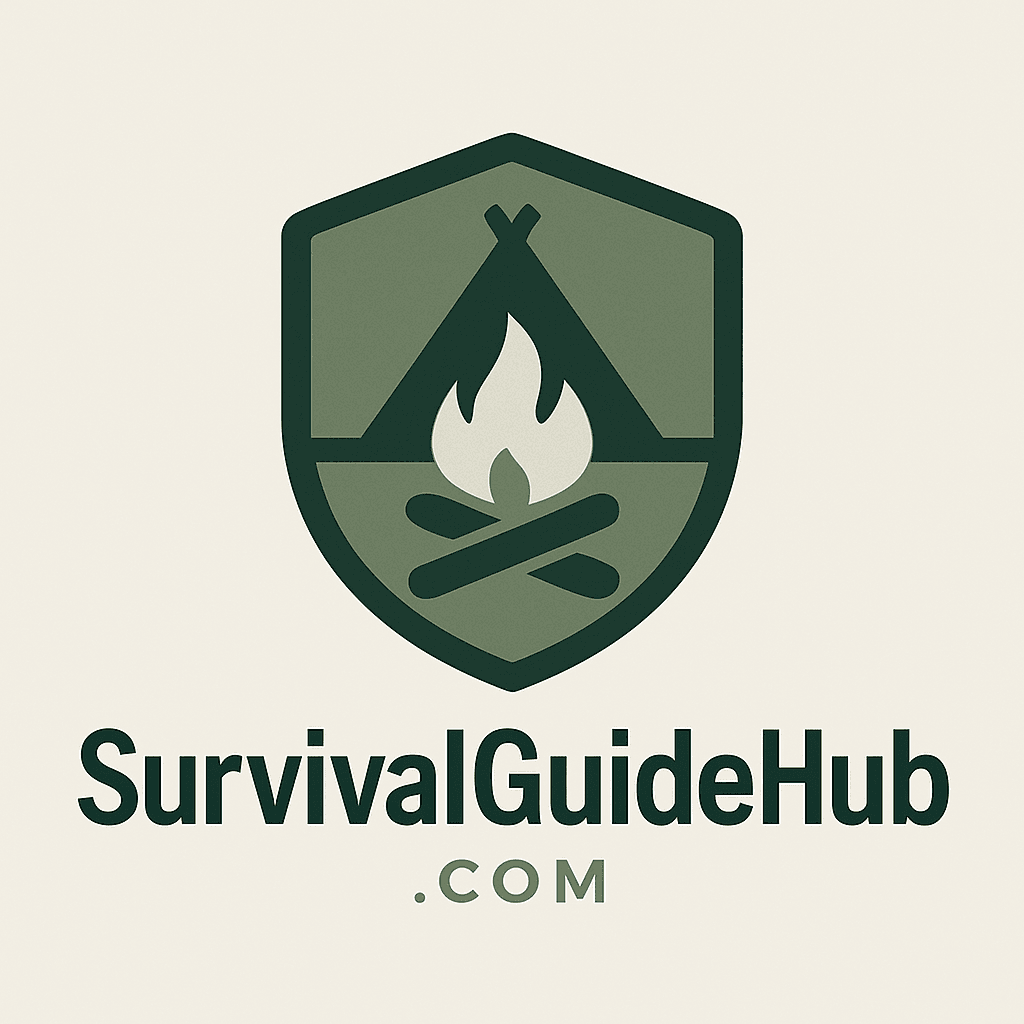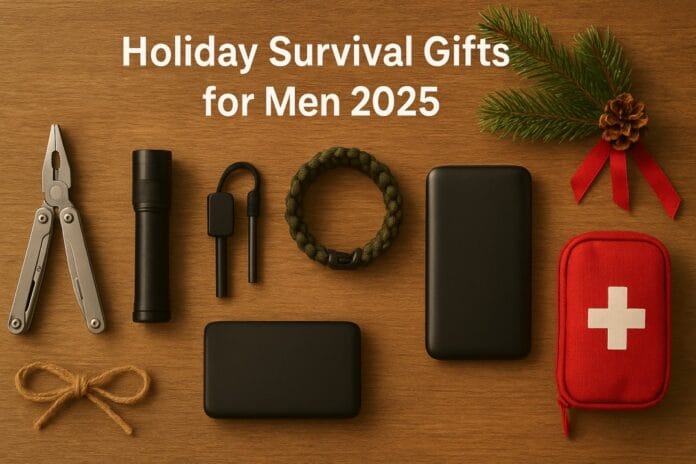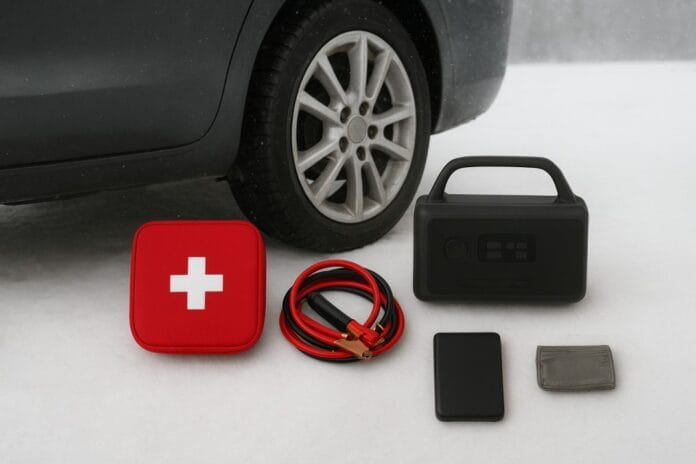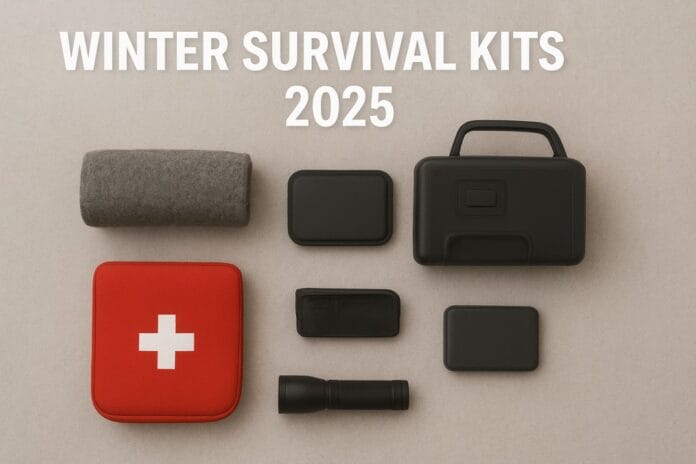Power Outage Essentials
The world hums with the constant, steady flow of electricity. We flip a switch, and light floods the room. We turn a dial, and our homes warm up. It’s so reliable that when it suddenly vanishes, the silence and darkness can be deeply unsettling. A power outage, whether caused by a summer storm, a winter blizzard, or a grid failure, can plunge us into an unfamiliar and vulnerable state. But it doesn’t have to be a crisis.
With a little forethought and the right supplies, you can transform a period of uncertainty into a manageable inconvenience. This comprehensive power outage preparedness guide is designed to walk you through the 15 essential items that will keep your home safe, your family comfortable, and your mind at ease when the lights go out. We won’t just list items; we’ll explain why each one is critical, what to look for when choosing one, and how to use it effectively. Let’s get prepared.
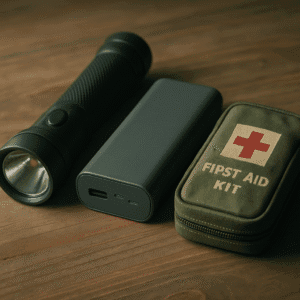
Category 1: Lighting & Power
When darkness falls, your first priority is safe, reliable light. Fumbling for candles can be a fire hazard, and your phone’s flashlight will drain its precious battery. A dedicated lighting and power plan is the cornerstone of home safety during an outage.
- High-Quality LED Flashlights
Why it’s essential: A powerful, reliable flashlight is your primary tool for navigating your home safely, checking on your property, or investigating strange noises. Having several ensures one is always within reach for every family member. What to look for: Seek out LED (Light Emitting Diode) flashlights for their energy efficiency and long bulb life. Key features include a durable, water-resistant body (often made of aircraft-grade aluminum), multiple brightness settings, and a long battery life. Consider models that use common battery sizes like AA or AAA. How it’s used: Keep flashlights in easily accessible, designated spots: your bedside table, the kitchen drawer, the garage, and your car. Check the batteries every six months and have spares ready.
- Hands-Free Headlamps
Why it’s essential: A headlamp is arguably more useful than a flashlight. It frees up both of your hands for tasks like cooking, reading, attending to a first-aid issue, or carrying supplies. What to look for: Look for a comfortable, adjustable strap and a pivoting head that allows you to direct the light beam. A model with a red light mode is a significant advantage; red light preserves your night vision and is less jarring for others in a dark room. Check for water resistance (an IPX rating) and long battery life. How it’s used: Assign a headlamp to each family member. They are invaluable for reading, playing cards to pass the time, or navigating tricky areas like a basement or attic to check on circuit breakers. For this reason, a quality hands-free headlamp is one of the most valuable tools you can own.
- Area-Illuminating LED Lanterns
Why it’s essential: While flashlights and headlamps are great for directional light, a lantern illuminates an entire room, creating a sense of normalcy and comfort. It’s the modern, safe equivalent of a campfire circle for your living room. What to look for: Choose a battery-powered LED lantern for safety and longevity. Key features include adjustable brightness levels, a sturdy base, and a carrying handle or hook for hanging. Some models offer a warm, yellowish light that is less harsh on the eyes than bright white light. How it’s used: Place a lantern in a central living area, like the kitchen or living room, to provide ambient light for meals, conversations, and general activities. For these reasons, choose a battery-powered LED lantern for safety and longevity.
- Portable Power Station or Power Bank
Why it’s essential: In our connected world, keeping small devices charged is crucial for communication and information. A power bank is for your phone; a larger power station can run small appliances. What to look for: For a portable power bank, look for a capacity of at least 10,000mAh, which can charge a modern smartphone 2-3 times. For a portable power station, consider its watt-hour (Wh) capacity, output ports (AC, USB-A, USB-C), and recharging options (wall, car, solar). How it’s used: Keep these devices fully charged at all times. Use a power bank to keep phones topped up. A power station can be a game-changer, allowing you to run a lamp, charge multiple devices, or even power small medical equipment.
A larger portable power station can be a true game-changer, capable of running small appliances…” AND “…recharging options are key, especially models that are compatible with solar panels.
Category 2: Communication & Information
Staying informed about weather conditions, restoration times, and emergency broadcasts is critical. Relying solely on your phone is risky if cell towers are down or your battery dies.
- NOAA Weather Radio
Why it’s essential: This is your direct link to the National Oceanic and Atmospheric Administration (NOAA). It provides emergency broadcasts on weather alerts, civil emergencies, and other critical information, even when cell service and the internet are down. What to look for: A quality emergency radio should have multiple power options: a hand crank, a solar panel, and a built-in rechargeable battery, with a backup option for disposable batteries. Look for one that receives AM/FM and NOAA weather band channels. Many also include a built-in flashlight and a USB port to charge a phone. How it’s used: Learn how to tune to your local NOAA station before an emergency. The hand-crank function is vital—just a few minutes of cranking can provide enough power for several minutes of critical listening. Considering having a radio with a solar cell is crucial.
Category 3: Food & Water
A power outage can spoil the food in your refrigerator and freezer and may even compromise your access to clean water if you rely on a well pump.
- Non-Perishable Food Supply (3-Day Minimum)
Why it’s essential: Your refrigerator is only safe for about 4 hours, and a full freezer for 48 hours. Having a supply of food that requires no cooking or refrigeration is a necessity. What to look for: Stock up on canned goods (meats, fish, fruits, vegetables), protein bars, peanut butter, dried fruit, nuts, and crackers. Choose foods your family will actually eat to maintain morale. How it’s used: Designate a specific shelf or bin in your pantry as your “emergency food” location. Check expiration dates twice a year and rotate stock as needed. Don’t forget also to have an easy to store package.
- Manual Can Opener
Why it’s essential: This simple tool is often overlooked. Your electric can opener will be useless, and a pantry full of canned goods is inaccessible without one. What to look for: Choose a sturdy, gear-driven manual can opener with comfortable handles. It’s worth spending a little more for a quality one that won’t break under pressure. How it’s used: Keep it in the same drawer as your everyday utensils, but make sure everyone in the house knows where it is. Having two is even better and this could be one of them;
- Stored Water (One Gallon Per Person, Per Day)
Why it’s essential: A power outage can disrupt municipal water treatment and pumping stations. If you have a well, your electric pump won’t work. Clean drinking water is the single most important supply to have. What to look for: You can buy commercially bottled water or store tap water in clean, food-grade containers. Aim for a minimum three-day supply, but a week or two is even better. How it’s used: Store water in a cool, dark place. Label your containers with the date they were filled and replace stored tap water every six months.
Category 4: Safety & Health
Minor injuries, health needs, and sanitation don’t stop during an outage. Being prepared for these challenges is key to maintaining a safe environment.
- Well-Stocked First-Aid Kit
Why it’s essential: The risk of minor cuts and scrapes increases when you’re navigating a dark house. Emergency services may be delayed, so you need to be self-sufficient. What to look for: Your kit should contain adhesive bandages of all sizes, sterile gauze, antiseptic wipes, pain relievers, adhesive tape, scissors, and any personal prescription medications. Check your kit twice a year to replace expired items. How it’s used: Store it in a central, well-known location like a bathroom or kitchen cabinet. Make sure everyone, including older children, knows where it is. A survival gear kit would be a suitable option.
- Battery-Powered Carbon Monoxide (CO) Detector
Why it’s essential: This is a non-negotiable lifesaver. If you plan to use any alternative heating or cooking sources (like a camp stove or generator outdoors), the risk of carbon monoxide poisoning is real. CO is an invisible, odorless, deadly gas. What to look for: Ensure your home is equipped with CO detectors that have a battery backup. Test them monthly and replace the batteries at least once a year. How it’s used: Install detectors on each level of your home, especially near sleeping areas. If the alarm sounds, evacuate immediately and call 911.
- Sanitation & Hygiene Supplies
Why it’s essential: If water service is disrupted, flushing toilets may not be an option. Maintaining hygiene is crucial for health and morale. What to look for: Stock up on wet wipes, hand sanitizer, paper towels, trash bags, and feminine hygiene products. A simple bucket with a toilet seat lid can serve as an emergency toilet. How it’s used: Use hand sanitizer when you can’t wash with soap and water. Keep a designated “trash” area to manage waste and prevent odors.
Category 5: Comfort & Warmth
Staying warm during a winter outage is a primary safety concern. Having supplies for comfort can also significantly reduce stress.
- Emergency Blankets
Why it’s essential: These are not just your regular blankets. Mylar “space” blankets are lightweight, compact, and reflect up to 90% of your body heat back to you. They are incredibly effective for their size. What to look for: Mylar emergency blankets are very inexpensive. It’s also wise to have warm wool or fleece blankets stored and ready. How it’s used: Layer clothing first. Then, use blankets to create a warm “nest” in a single, smaller room where the whole family can gather to conserve body heat.
- Books, Cards, and Board Games
Why it’s essential: Boredom and anxiety can set in quickly, especially for children. Having non-electric entertainment is a powerful tool for maintaining morale. What to look for: Choose games the whole family enjoys. A deck of cards is incredibly versatile. A good book can be a welcome escape. How it’s used: Designate an “outage fun box.” When the power goes out, it becomes a special treat rather than a moment of panic.
- Cash
Why it’s essential: During a widespread outage, credit card machines and ATMs will not work. Cash becomes king for purchasing essential items from stores that may be open. What to look for: Keep a small amount of cash, including small bills, in a secure and hidden location in your home. How it’s used: Use it for emergencies only—gas, food, or other necessities you may have run out of.
- A Written Emergency Plan
Why it’s essential: This ties everything together. A written plan ensures everyone in the household is on the same page. What to look for: Your plan should include emergency contact numbers (written on paper), a designated meeting place, locations of all your emergency supplies, and instructions on how to turn off major utilities if necessary. How it’s used: Review the plan with your family twice a year. Practice it, so it becomes second nature.
Conclusion: From Powerless to Prepared
A power outage doesn’t have to be a scary event. By taking the time now to assemble these 15 essential items, you are investing in your family’s safety, comfort, and peace of mind. You are replacing uncertainty with a plan and powerlessness with preparedness. Start small—pick one category and gather those items this weekend. Before you know it, you’ll have a complete kit that makes you ready for whatever comes your way.
What’s the first item you’re going to add to your power outage preparedness kit? Share your thoughts in the comments below!
To read more, please check: Disaster Preparedness
